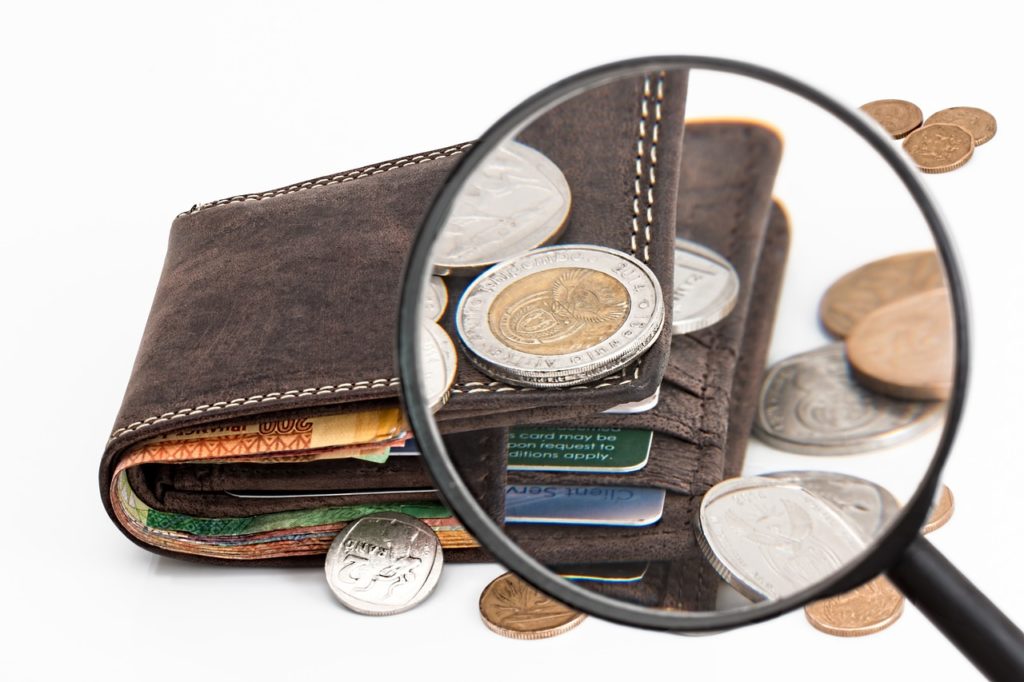Suitable Finance: What’s the Best Type of Credit You Need and Why
We’ve all seen those episodes of individuals are terrified to check their credit score due to preconceived notions. Many believe that checking will automatically lower your credit score; so they avoid it at all costs. Others are simply scared to see the reality behind the numbers. It’s almost as if their credit score is a looming ghost haunting their every step.
While credit is a topic that deserves serious attention, it isn’t something to be afraid of. Unless you’ve never made a financial mistake in your life, you’ve probably encountered some late payments that impacted your credit score. From student loans to those pesky car payments, the bills can surely add up.
Even though “bad” credit hinders you from making certain purchases, all hope isn’t lost. In fact, raising your credit score isn’t as hard as many would imagine. If you’re drowning in the depths of poor credit, it’s best to gather as much information as you can regarding credit improvement. Once you know what qualifies as “good” credit, you’ll know how to make wise financial decisions that won’t impact your life.
What Are the Different Types of Credit Scores?
There are dozens of credit scores that companies look for when checking your financial DNA. The two most common are The FICO and Equifax scores. FICO takes information from your credit reports such as payment history and debt owed. The majority of good scores are based on your overall payment history. Therefore, if you have an abundance of missed payments, it’ll drastically impact your credit score.
Each credit bureau takes into account different aspects of your spending. It’s recommended to check each account annually to make sure they are accurate. Often times, errors occur that could impact your credit score. Resolving those issues immediately could raise your overall score, allowing you to access credit cards for fair credit.
What’s Considered Good Credit?
There are five categories that define your credit status. Those include bad, poor, fair, good and excellent. Below 600 is considered bad credit whereas 750 and above is considered excellent. As mentioned, each credit company takes into account different things when analyzing your financial history. In addition, when trying to apply for loans or credit cards, different lenders look for different spending habits. One may focus on your credit history while others only want to know how long you’ve had credit. All of this is revealed through experience with different companies and their styles.
How to Maintain and Raise Your Credit Score
With consistent attention and a little financial assistance, it is possible to raise your credit score. To begin, it’s best to make your payments on time. Excessively late payments are detrimental to your overall score and could lead to credit failure. In addition, if you have credit cards, it’s best to stay below 30% of your spending. Anything above is considered reckless and will ultimately make your credit drop.
Finally, while checking your credit score through safe sites doesn’t lower your score, hard inquiries that occur frequently will make your score drop substantially. Avoid hard credit checks by communicating with the company you are working with.
Getting and keeping a good credit score is an essential part of financial responsibility. Maintaining a good credit score will help you reach your financial goals in a timely fashion.

